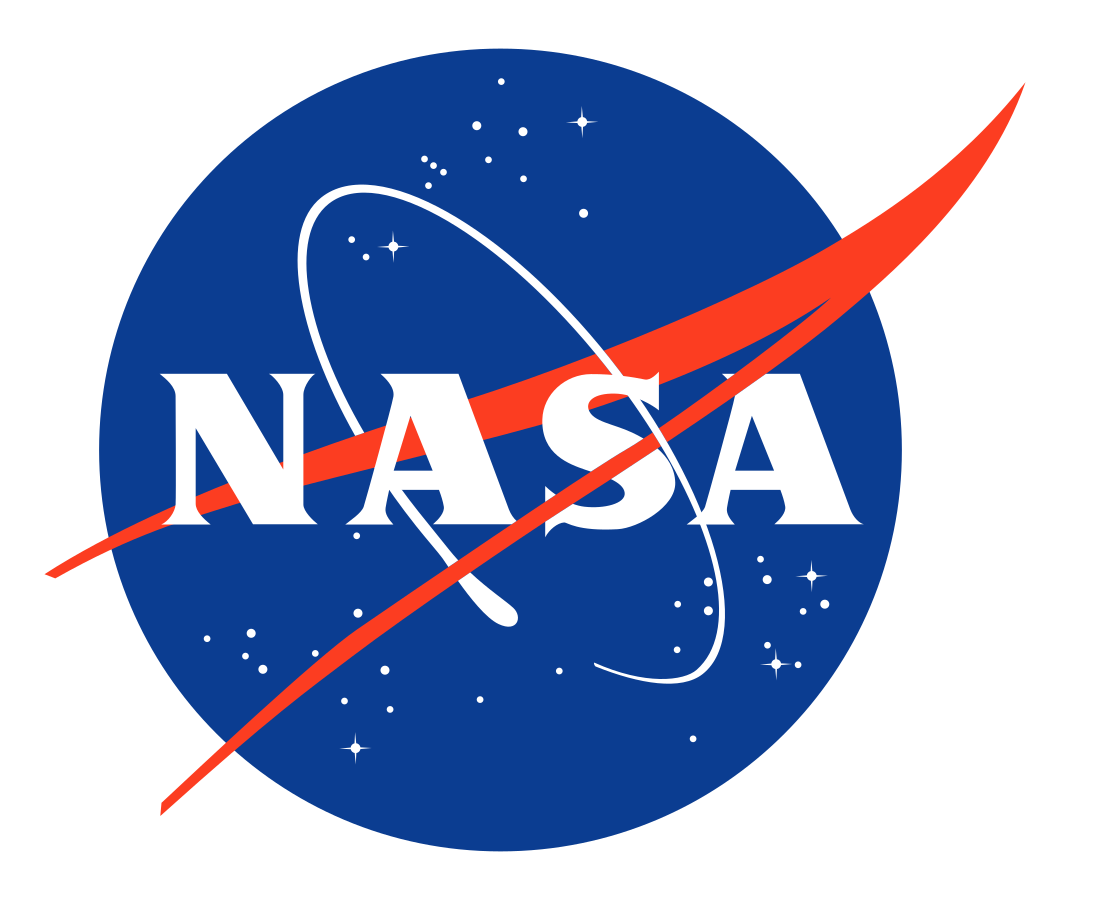Top Qs
Timeline
Chat
Perspective
List of space programs of the United States
From Wikipedia, the free encyclopedia
Remove ads
The United States has developed many space programs since the beginning of the spaceflight era in the mid-20th century. The government runs space programs by three primary agencies: NASA for civil space; the United States Space Force for military space; and the National Reconnaissance Office for intelligence space. These entities have invested significant resources to advance technological approaches to meet objectives. In the late 1980s, commercial interests emerged in the space industry and have expanded dramatically, especially within the last 10 to 15 years.
NASA delivers the most visible elements of the U.S. space program. From crewed space exploration and the Apollo 11 landing on the Moon, to the Space Shuttle, International Space Station, Voyager, the Mars rovers, numerous space telescopes, and the Artemis program, NASA delivers on the civil space exploration mandate. NASA also cooperates with other U.S. civil agencies such as the National Oceanic and Atmospheric Administration (NOAA) and the U.S. Geological Survey (USGS) to deliver space assets supporting the weather and civil remote sensing mandates of those organizations. In 2022, NASA's annual budget was approximately $24 billion.
The Department of Defense delivers the military space programs. In 2019, the U.S. Space Force started as the primary DoD agent for delivery of military space capability.[1] Systems such as the Global Positioning System, which is ubiquitous to users worldwide, was developed and is maintained by the DoD.[2] Missile warning, defense weather, military satellite communications, and space domain awareness also acquire significant annual investment. In 2023, the annual DoD budget request focused on space is $24.5 billion dollars.[3]
The Intelligence Community, through entities that include the National Reconnaissance Office (NRO), invests significant resources in space. Surveillance and reconnaissance are the primary focuses of these entities.
Commercial space activity in the United States was facilitated by the passage of the Commercial Space Launch Act in October 1984.[4][5] Commercial crewed program activity was spurred by the establishment of the $10 million Ansari X Prize in May 1996.
Remove ads
Definition of space flight
Space programs of the United States date to the start of the Space Age in the late 1940s and early 1950s. Programs involve both crewed systems and uncrewed satellites, probes and platforms to meet diverse program objectives.
The definition of what constitutes spaceflight varys. In the United States, professional, military, and commercial astronauts who travel above an altitude of 50 miles (80 km) are awarded astronaut wings.[6] The Fédération Aéronautique Internationale defines spaceflight as any flight over 62 miles (100 km).[7] Uncrewed missions follow the same altitude thresholds.
Remove ads
Government-led programs
Summarize
Perspective
The following summarizes the major space programs where the United States government plays a leadership role in managing program delivery.
Crewed government-led programs
Uncrewed government-led programs
Remove ads
Commercial space programs
Summarize
Perspective
The following summarizes the major space programs where private interests play the leadership role in managing program delivery.
Crewed commercial programs
Uncrewed commercial programs
Remove ads
See also
- Space policy of the United States
- List of European Space Agency programmes and missions
- Japanese space program
- British space programme – Official efforts to develop space capabilities
- Chinese space program
- Soviet space program – Space exploration program conducted by the Soviet Union from 1951 to 1991
- List of government space agencies
- List of rockets of the United States
- List of NOAA satellites
- List of NASA missions
Remove ads
Explanatory notes
- Lockheed Martin sold its interest in ILS to Russian entities in 2006 with ILS continuing as an international entity. Atlas commercial sales reverted to Lockheed Martin via the United Launch Alliance joint venture with Boeing.
- Rocketlab was founded in New Zealand but made the decision to re-domicile itself to the United States in 2013.
References
Wikiwand - on
Seamless Wikipedia browsing. On steroids.
Remove ads
